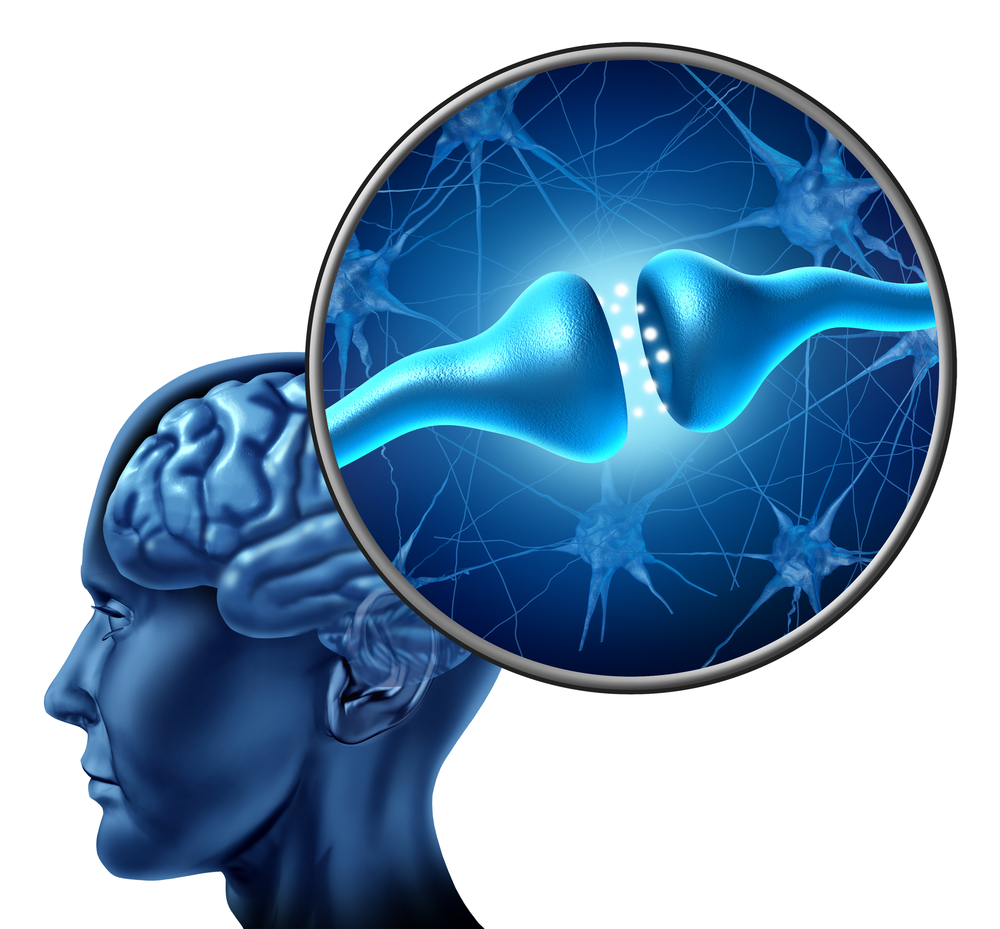An Examination of Modern Drug Research

The history of Drug Research can be traced back for thousands of years. For example, the use of acetylsalicylic acid (common Aspirin) to treat headaches can be traced as far back as 460 BCE. As society has gained more knowledge and understanding of the effects and uses for these substances, a more refined approach has been taken. Although the history of pharmacology is indeed quite long, it is still important to take a look at some of the major developments which have occurred during the last hundred years. This will then enable us to appreciate the future of this cutting-edge field of medicine.
Fallacies
Unfortunately, no great leap forward arises without a few stumbles in the opposite direction. This same maxim can be observed within the pharmaceutical sector. One of the most infamous examples of this can be seen in the use of heroin in a variety of medicines (some actively promoted by Bayer). A perfect instance can be seen in a disturbingly innocuous statement that reads:
The Post-War Boom in Research Chemicals
Drug research saw what some consider to be the most major advancements directly following the cessation of the Second World War. Notably, Jonas Salk discovered a cure for polio (an ailment which arguably killed American president Franklin D. Roosevelt). Further leaps were made with the discovery of cortisone; a drug which lessened inflammation and suppressed immune system reactions (useful in the treatment of arthritis amongst other things).
Such progress continued into the 1970s when the first antiviral drug known as Acyclovir was introduced and used to treat herpes as well as other conditions. In the same respect, various drug “cocktails” known as anti-retroviral compounds began to be used during the 1980s as an early means to combat the emerging AIDS epidemic. Vaccines against the flu, measles and smallpox were all present by this time and thus served to vastly reduce mortality rates in a sizable portion of the global population.
Changing Research Methods
While these drugs all serve very real purposes, they only tell half of the story. The main impetus for such advancements has much more to do with how the research methodology changed during the past century. While the existence of so-called “miasma” (polluted air) and other strange myths were once thought to be the root causes of many illnesses, a further understanding of research steps and human biology led these ideas to be scrapped and the true scientific method to be employed.
While the discovery of effective chemicals was based more off of serendipity than educated insight, the twentieth century saw a massive paradigm shift not only in how these compounds were found, but in the means by which their efficacy was tested. In contemporary times, the steps can be broken down as follows:
- Discovery and investigation.
- Phase I trials.
- Phase II trials.
- Phase III trials.
- Review
- Post-approval studies.
- Public implementation.
As can be seen here, this hierarchical process is much more thorough. It is intended to test the overall use of the compound in question and just as importantly, to make absolutely certain that it is safe for human consumption. Thus, it should come as no surprise that the process can take years before it is completed.
The Neurological Connection
Another massive benefit of these changing research methods is that it was soon discovered that many chemicals had very real effects upon the mind and the behavior of the individual. While this was always known in a general sense, the processes involved were hardly understood. Thanks to the advent of CT scans, EEG equipment (electroencephalography) and modern devices such as MRI machines, the brain is much better understood. This led to the development of several drugs. These include:
- Anti-seizure medication.
- Psychotropics (drugs which alter brain waves).
- Proven sedatives.
- Stimulants and nootropics (such as Adrafinil).
These served a variety of obvious purposes and one of the most pronounced was the more effective treatment for a variety of neurological disorders which were previously not able to be alleviated.
During more recent times, drug research has brought forth a new category known as nootropics. These are used to enhance cognitive function, memory and alertness. So, they can often be seen on university campuses and within other situations which require a great deal of mental acuity. Drugs such as amphetamine and modafinil are chemical in nature while others including creatine, caffeine and nitric oxide are natural and thus produce less perceived side effects.
Into the Future…
The nest great advancement is predicted to come with the aid of supercomputers, advanced algorithms and three-dimensional pharmaceutical modeling. These will all help scientists to better understand how some chemicals operate and what their effects upon human biology. It is even thought that research times can be vastly reduced in this manner; providing faster medicinal alternatives to the public sector.
As the discrete understanding of drug research continues to improve, it can only be surmised that the next few decades could see some amazing leaps forward. There are still some devastating illnesses such as:
- Cancer
- AIDS
- Ebola
Perhaps the day will come when new discoveries will allow these ailments to remain in the distant past. With such progress, it may very well only be a matter of time. When we consider the incredible strides that humanity has made during the past hundred years, such a conclusion seems quite possible. Due to the fact that drugs such as Adrafinil and cortisone were unknown only a half of a century ago, one wonders what the future may hold.
References:
1. http://www.planetseed.com/relatedarticle/20th-century-and-drugs-treat-sicknesses
2. http://www.businessinsider.com/yes-bayer-promoted-heroin-for-children-here-are-the-ads-that-prove-it-2011-11?op=1




